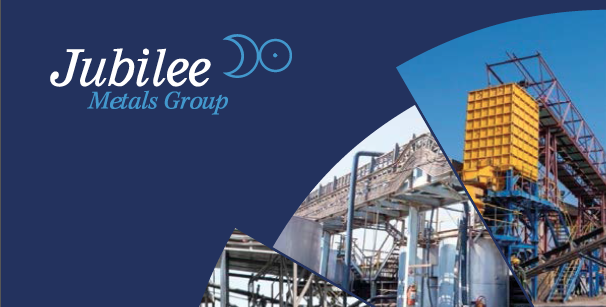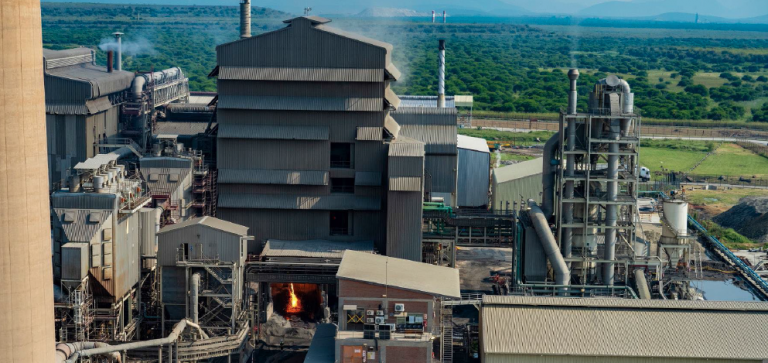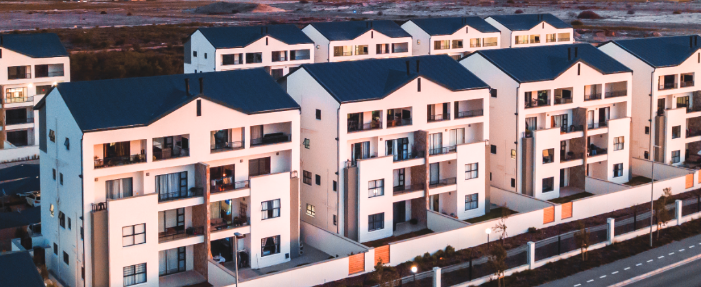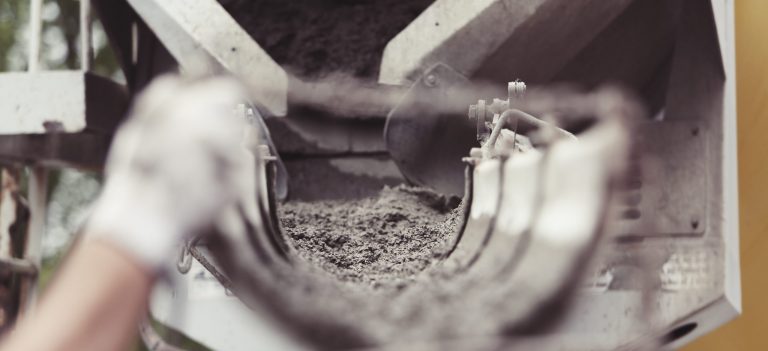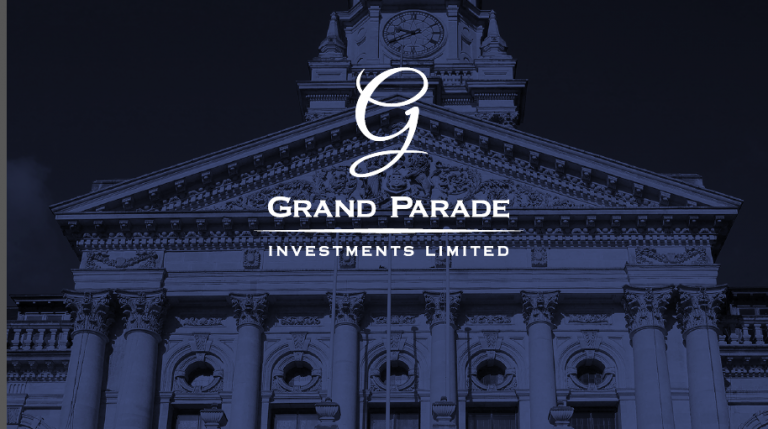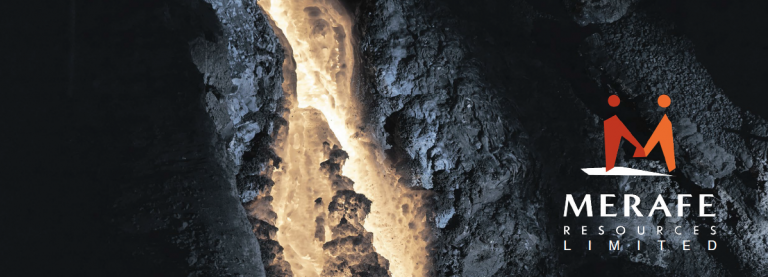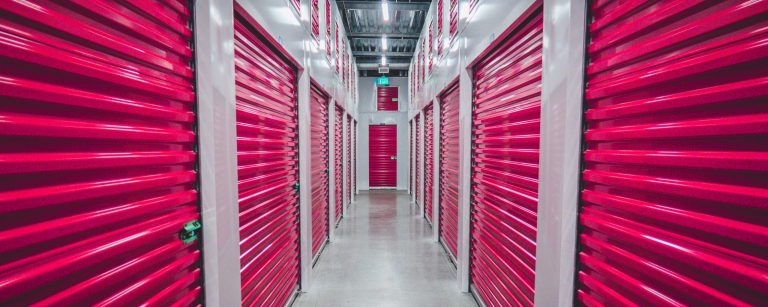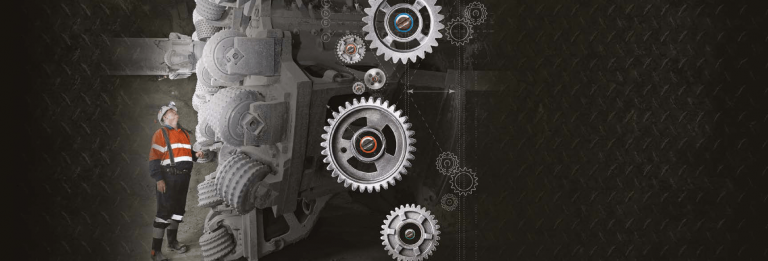If nothing else, the Gemfields announcement taught me the term annus mirabilis which is the opposite of annus horribilis – another Latin term with a first word that hasn’t aged well.
CEO Sean Gilbertson called 2021 an annus mirabilis – a remarkable or marvellous year – which is a fitting description for a period that has seen a dramatic rise in the share price. There’s even a special dividend of USD20 million to top it all off.
2021 saw record-breaking auction revenues at Kagem Mining in Zamibia (emeralds) and Montepuez Ruby Mining in Mozambique (rubies, just in case that wasn’t obvious). Faberge (a jewellery manufacturer famous for its egg-shaped creations) also achieved record revenues, so 2021 was the group’s best-ever year for revenue.
If you really want to see how the other half lives, you should check out the Faberge website. When timepieces say “price on application” then you know you’re competing with oligarchs and oil barons to buy them.
There are other investments in the group, like a 6.54% stake in Sedibelo Platinum Mines and a 75% stake in Nairoto Resources, a potential gold resource in Mozambique.
Revenue increased by 646% vs. 2020 which is a reminder of the disaster that Covid caused. Compared to 2019, revenue is up by a more sensible 19%. Operating profit is up by 18% vs. 2019 and net profit is 66% higher than 2019.
Looking at net profit and loss over the three-year period tells quite a story: a profit of USD39 million in 2019, a loss of USD93.2 million in 2020 and a profit of USD65 million in 2021. This is an aggregate of nearly USD11 million in net profit over three years. Covid caused chaos for many businesses and Gemfields was hit harder than most.
After slipping into a net debt position in 2021, Gemfields has swung sharply into such a positive cash position that the special dividend of USD1.7 cents per share is possible.
Headline Earnings Per Share (HEPS) in 2021 was 5 USD cents. Friday’s closing price of R3.52 means that the company is trading on a Price/Earnings multiple of below 4.9x (which would fluctuate based on the share price and the exchange rate).
The market treats this one with caution, not least of all because of the underlying exposure to Mozambique. Provided there are no disruptions to operations, Gemfields seems to be in a strong position.


